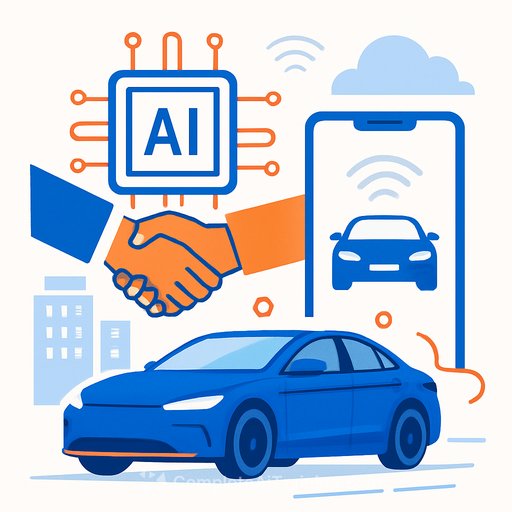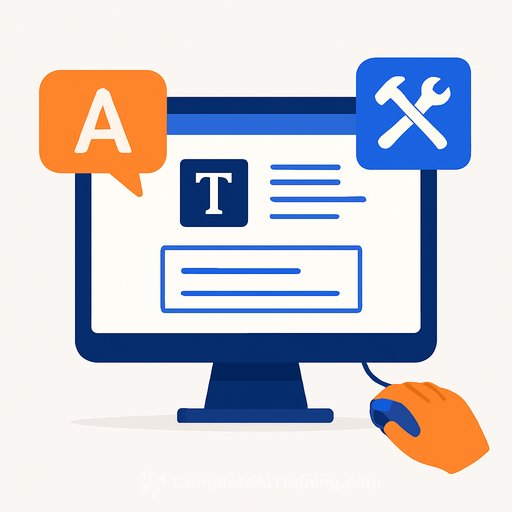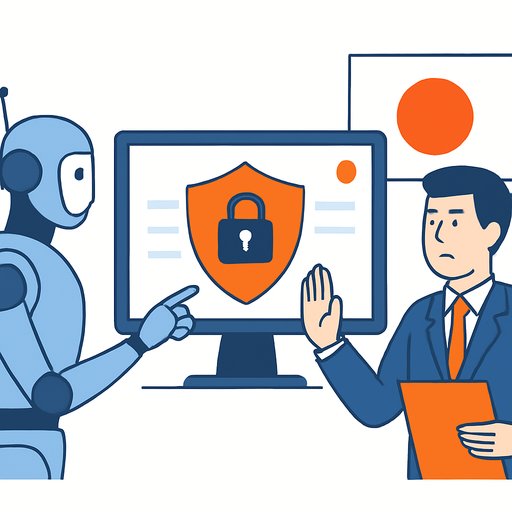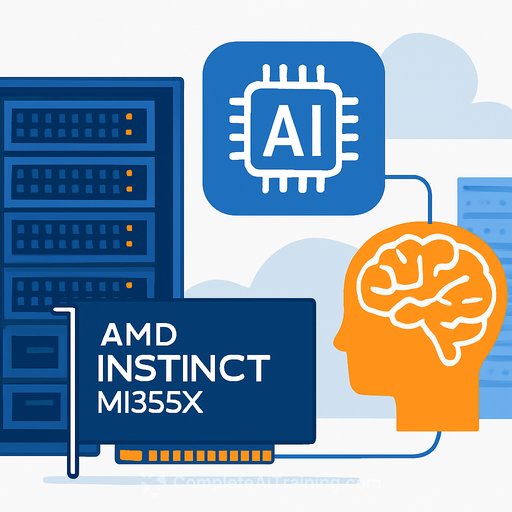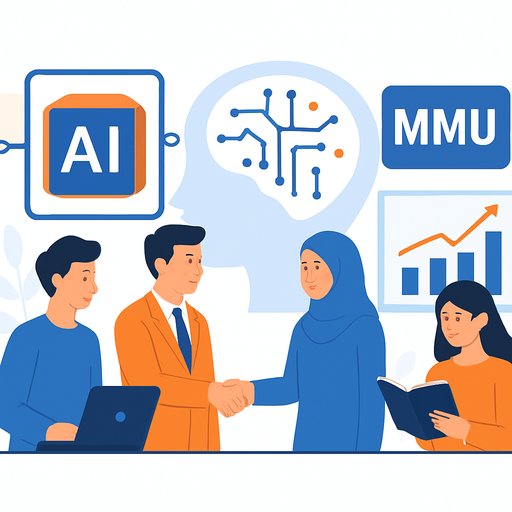Honor and BYD Expand AI Collaboration to Accelerate Smart Mobility
Jakarta - October 26, 2025. Honor is deepening its partnership with BYD to build AI-driven smart mobility. The plan: fuse Honor's inter-device connectivity with BYD's DiLink vehicle ecosystem to deliver a safer, more efficient, and user-centered driving experience.
Honor CEO James Li and BYD Group Chairman and President Wang Chuanfu are aligning on a shared ecosystem where phones, vehicles, and services work as one. The scope goes beyond features to a platform-level integration that developers can build on.
What's in the new phase
- Cross-device technology and AI agents for intelligent in-car experiences.
- Improved inter-platform compatibility across phones, vehicle OS, and apps.
- Joint marketing and coordinated product launches.
Context so far
The collaboration started in 2023 with an NFC-based digital key that lets Honor smartphones unlock and start BYD cars. In 2024, the scope expanded with in-car fast charging integration.
Next up: broader phone-to-car connectivity, enhanced digital key capabilities, and additional AI solutions. DENZA, BYD's sub-brand, will be the first to adopt Honor Car Connect.
What this means for IT and developers
This move hints at a tighter stack between mobile devices and vehicle systems: identity, authentication, session handoff, and on-device intelligence that can run without constant network access. For engineering teams, expect interface layers that cover discovery, pairing, and permissioned data exchange.
- Connectivity: NFC for access, Bluetooth LE for sessions, optional UWB for ranging and secure proximity.
- Security: hardware-backed keys, TEE/SE storage, rolling codes, and revocation flows tied to user accounts.
- Interoperability: phone OS services bridging to DiLink, with app intents for media, navigation, calls, and notifications.
- AI agents: context-aware assistance that blends vehicle telemetry with user preferences and calendar/location signals.
- Latency: sub-second handoff for unlock/start; low-jitter channels for voice and critical controls.
- Offline behavior: fallback policies for poor connectivity, plus safe-mode UX when credentials can't be refreshed.
Potential architecture snapshot
- Account binding: user signs in on phone; a device-bound credential is provisioned to the vehicle profile.
- Proximity access: phone advertises capability; vehicle validates proximity and key freshness before unlock/start.
- Session bridge: once in-car, a secure channel exposes permitted endpoints (media, calls, maps, climate presets).
- AI layer: on-device models handle intent parsing; sensitive actions gated by voice match or second-factor prompts.
- Telemetry policies: opt-in data sent to services for routing, diagnostics, and personalization with local redaction where possible.
Security and privacy notes
- Minimum: hardware-backed keys, challenge-response, rate limits, and anti-relay protections.
- Key lifecycle: provisioning, rotation, expiration, and remote wipe on device loss or stolen scenarios.
- Granular scopes: access levels for drivers vs. guests; per-feature toggles with audit trails.
- Compliance: regional data residency and consent flows baked into setup and ongoing use.
Official comments
"Our partnership with BYD is a comprehensive collaboration in the AI era, with smart mobility as the main focus. Together, we will accelerate technology development and build an ecosystem of intelligent mobility experiences," said Honor CEO James Li.
Why it matters
Smartphone-to-vehicle integration is shifting from feature-by-feature add-ons to unified ecosystems. For teams building apps, services, or SDKs, this creates a bigger surface area to deliver context-aware experiences while meeting strict security and safety requirements.
What to watch next
- SDKs and documentation for Honor Car Connect and BYD DiLink integration.
- DENZA rollout timelines and developer preview programs.
- Digital key standards support, including NFC, BLE, and UWB configurations.
- On-device vs. in-vehicle AI model placement and update cadence via OTA.
If you're evaluating standards and best practices for phone-as-a-key, review the Digital Key specs by the Car Connectivity Consortium here. For background on BYD's ecosystem, see BYD Automotive official site.
Upskilling for teams
Building secure, context-aware cross-device experiences requires aligned skills across mobile, embedded, and AI. Explore practical AI engineering paths and certifications at Complete AI Training.
Your membership also unlocks:

